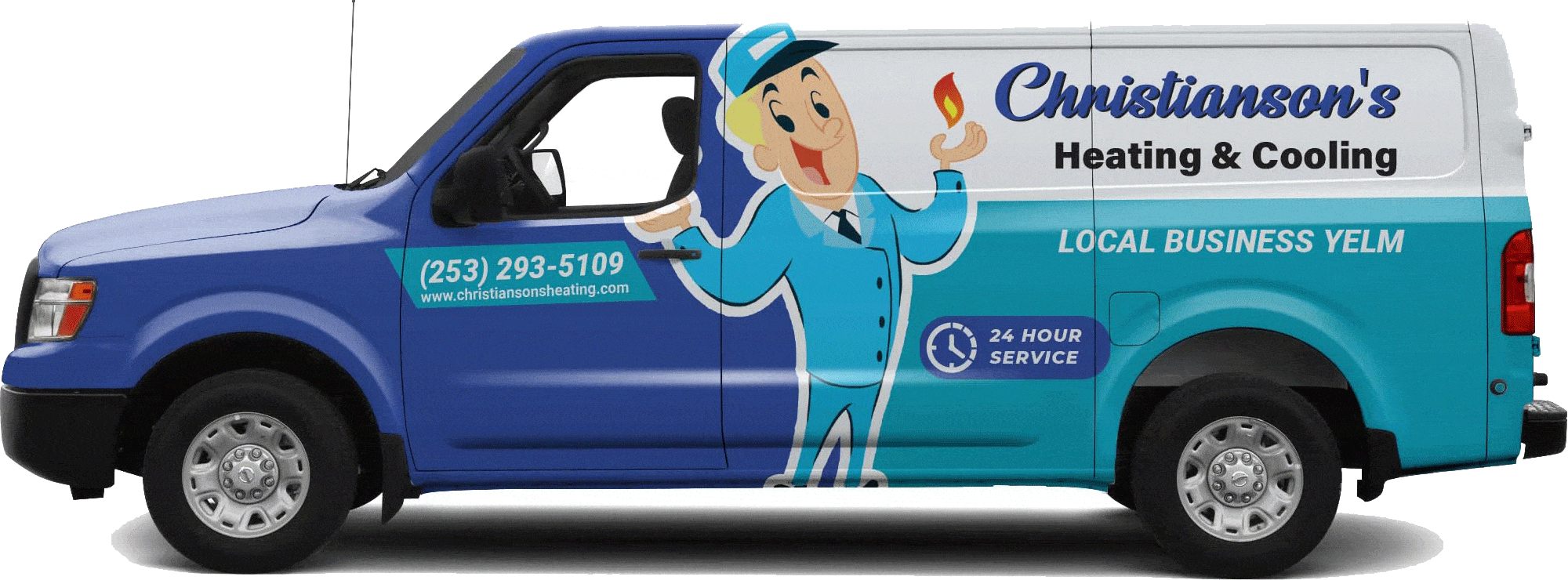
How a Heat Pump Works – Unraveling the Mechanics Behind Efficiency
A heat pump exploits the laws of thermodynamics to save energy compared with other heating systems. It uses electricity to attract ambient heat and move it around your home.
This cycle runs in reverse in winter to pull the heat energy out of your house and move it into the cold outdoor air. Along the way, the refrigerant goes through cycles of condensation and evaporation.
The Condenser
A heat pump works by using the same thermodynamic cycle of evaporation and condensation that cools your refrigerator. It takes this cycle into reverse, drawing heat from a low-temperature source (like the air or ground) and pumping it into a high-temperature sink (like your home).
Heat pumps require very little energy to operate, and they can deliver three units of heating for every one unit of electricity that is used to power them. This means they use significantly less energy than other types of electric heating systems, including gas boilers.
The heart of a heat pump is its outdoor unit, which looks much like an air conditioner. Inside it contains a heat exchanger that is coiled around in long tubes, a coil that is commonly called an evaporator, though trained technicians usually call it a condenser.
The Evaporator
The liquid refrigerant enters the indoor coil, which is a heat exchanger that can absorb and hold thermal energy. It is this that makes heat pumps so much more efficient than traditional air conditioners.
Remember, even freezing cold air has a tiny bit of heat in it. That heat can be used to warm up other stuff, such as your house or your icebox.
So that’s why refrigerators and air conditioners are really heat pumps, too. They take one unit of electricity and turn it into three units worth of heating (on average) by attracting ambient heat from the surrounding environment. It’s a lot more efficient than burning fuel like gas or electricity, which is why they use so much less of it. Even the best fossil fuel furnaces only manage to get one unit of heating out for every unit of electricity they consume.
The Refrigerant
Just like refrigerators, heat pumps use a volatile liquid to pump heat from cold reservoirs to warm ones. They’re all-in-one electric heating and cooling systems that do this by soaking up heat from the ground or air (even cold air) and moving it to your home in the winter and out of it in the summer.
This is done via the refrigerant, which flows through an indoor fan coil and outdoor condenser unit connected by piping. A compressor then crushes this liquid, heating it up and increasing its pressure. The gas is then blown across the surface of an evaporator, which can be a coil or long tubes. As the gas evaporates, it drops in temperature and returns to a saturated liquid state. This cycle is repeated over and over again until your home is at the desired temperature setting on the thermostat.
The Compressor
The compressor is a vital component in any heat pump system. Its role is to pressurize the refrigerant, allowing it to move in one direction or the other as needed for heating and cooling.
Heat energy naturally wants to move from cold environments to warmer ones, but it needs a push to do so. This is what the compressor does: it takes liquid refrigerant and vapors it, then moves it through a compressor to increase its pressure.
As it moves, the vapor picks up heat from the environment around it, including your home. The vapor then returns to its liquid state, and the cycle starts all over again. The compressor also consumes electricity, but it typically uses a smart motor known as an inverter to conserve energy.
The Blower
The blower, which looks like a traditional furnace air handler, circulates the conditioned air throughout your home. A heat pump is split into two parts: an outdoor unit that looks very much like an air conditioner and an indoor system called a heat exchanger, which looks like your furnace.
When a heat pump is in heating mode, the flow of refrigerant through the evaporator coil reverses by means of a reversing valve. This causes the refrigerant to change state from liquid to gas, a process known as vaporization. This absorbs heat from your home’s air and your energy savings kick in. Heat pumps move heat, rather than generating it, so they can be much more efficient than traditional fossil-fuel furnaces and boilers. They work even in cold climates, relying on the laws of thermodynamics.


